I love figuring out what makes people tick.
Hands down the most satisfying part of my work is watching firsthand users' reactions to new designs during user testing. Doing my Master's in Human-Computer Interaction at Carnegie Mellon in particular exposed me to a breadth of research methods, so when I have a research question, I can reach for the best method in my arsenal.
Sample Research Methods
Stakeholder mapping
For our capstone project at Carnegie Mellon, my team was tasked to design the MVP version of a startup's new retail purchasing platform. After an initial literature review, we met with a professor at the Tepper School of Business to conduct a stakeholder mapping exercise. We learned who was involved in retail purchasing, typical tasks, and key motivations.
User testing
“Sometimes tools go through such radical changes that you’re like ‘uh oh’, but I don’t feel that way — there’s enough familiarity here that I’m like ‘oh it’s changed!’ but I can still be productive.”
At Think Company, I frequently conduct user testing on both wireframes and visual designs. I find out 'what's working well?' and 'what can be improved?' by providing participants with a sample task, then asking them what they expect to happen when clicking on interface elements. I synthesize results into succinct research findings reports to make them as actionable as possible.
Empathy-building exercises
To design a tool for retail buyers, my teammates and I ran an empathy-building exercise to place ourselves in the shoes of a buyer. We ran a 3-part bake sale in the student union building, and used sales data to figure out what to sell and for how much to maximize profits at the next sale. We came away in awe of what buyers do every day.
Card-sorting
I've used card-sorting to understand users' tasks, and potential groupings. In this card-sort, participants also arranged these tasks along a number of axes: unenjoyable to enjoyable, no data required to a lot of detail required, individual to in-group, inefficient to efficient and more.
Surveys
I use surveys to collect information quickly, and/or to provide quantitative support to qualitative findings. This survey was distributed on retail purchasing LinkedIn groups, and directly to our contacts.
Document analysis
To digitize analog processes, I've conducted document analyses to determine what data is needed, and what formats users are familiar with. This binder was full of purchase orders, product catalogues, and other documents used in retail purchasing.
Tracking research
On Think Company research projects, I use Airtable spreadsheets to track participants and sessions, and tag research findings by topic so I could find them when they were required for the design. This helps leverage research insights and quotes throughout the project.
Heuristic evaluation
I conducted a heuristic evaluation of a pay-tracking tool, analyzing user goals and what elements are hindering the UX. I've used Nielsen's 10 principles as an organizing scheme for my evaluation.









